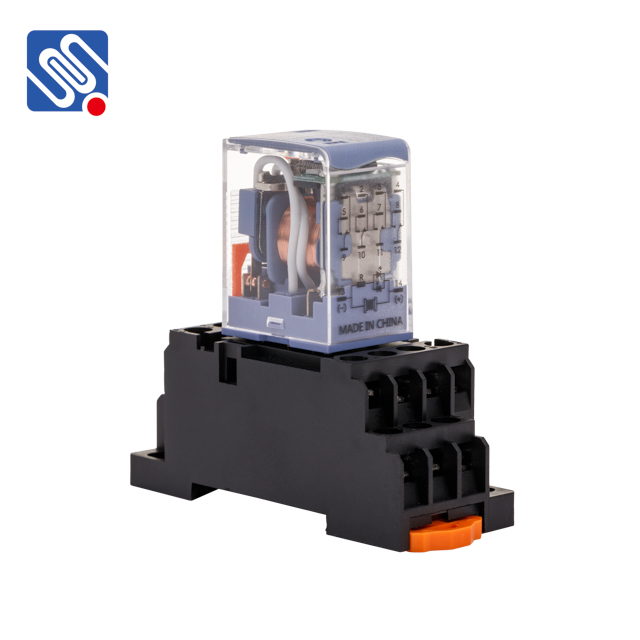A 24VDC relay is a widely used electrical component designed to control high-voltage or high-current circuits by using a lower voltage control signal. These relays are essential in various applications across industries due to their ability to operate effectively with a 24V DC input while controlling heavier loads in a safe and efficient manner. In this article, we will delve into the working principle, types, applications, and benefits of 24VDC relays, highlighting their importance in modern electrical systems.

Working Principle of a 24VDC Relay At its core, a 24VDC relay is an electrically operated switch. It consists of a coil, contacts, and an electromagnet. When a 24V DC voltage is applied to the coil, it generates a magnetic field that attracts or repels a set of contacts, thus either closing or opening the circuit. This allows the relay to control the flow of current in another circuit, which is usually of a much higher voltage or current rating than the control circuit itself. In the unpowered state, the contacts remain in their default position (either normally open or normally closed). When the relay is energized by the 24VDC input, the magnetic field causes the relay’s mechanical contacts to change position, activating the connected load circuit. Once the input voltage is removed, the contacts return to their initial state, deactivating the load circuit.